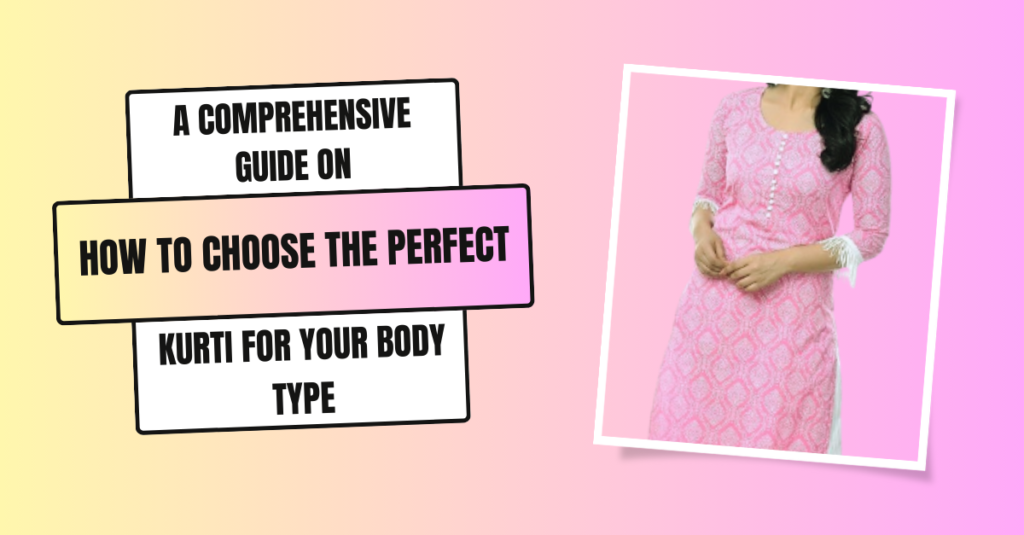Unlock the Secrets of Fashion Retail: The Best Store Types and Assortment Plans
The fashion retail industry is constantly evolving, and retailers need to stay ahead of the game to succeed. One of the most critical aspects of fashion retail is choosing the right store types and assortment plans to maximize sales and customer satisfaction. In this article, we’ll explore the best store types and assortment plans to unlock the secrets of fashion retail success.
Store Types in Fashion Retail
There are several different types of stores in the fashion retail industry. Each type of store has its own unique advantages and disadvantages, and choosing the right type of store is critical for success.
Department Stores
Department stores are large, multi-level retail stores that offer a wide range of products, including clothing, shoes, accessories, beauty products, home goods, and more. Department stores are typically located in shopping malls and other high-traffic areas. Some examples of department stores include Macy’s, Nordstrom, and Bloomingdale’s.
Advantages:
- Large selection of products
- Convenient one-stop shopping for customers
- Established brand recognition
Disadvantages:
- High overhead costs
- Difficult to provide personalized customer service
- May be less appealing to younger, trend-focused consumers
Specialty Stores
Specialty stores focus on a specific product category or niche within the fashion industry. For example, a specialty store may sell only women’s clothing or only high-end designer handbags. Specialty stores are typically smaller than department stores and may be independently owned or part of a larger chain. Some examples of specialty stores include Forever 21, Sephora, and Louis Vuitton.
Advantages:
- More targeted customer base
- Ability to offer more personalized service and product knowledge
- Opportunity to establish a unique brand identity
Disadvantages:
- Limited product selection
- May be less convenient for customers who want to purchase products from multiple categories
- Higher risk of being negatively impacted by market trends
Discount Stores
Discount stores, also known as off-price retailers, offer fashion products at lower prices than traditional retail stores. These stores often carry overstocked or discontinued items from other retailers. Some examples of discount stores include T.J. Maxx, Marshalls, and Ross Dress for Less.
Advantages:
- Lower prices attract price-conscious customers
- Ability to offer designer products at a lower price point
- Ability to quickly respond to market trends and adjust inventory accordingly
Disadvantages:
- Limited product selection
- May be perceived as lower quality than full-priced retailers
- May struggle to attract customers who prioritize brand recognition over price
Online Retailers
Online retailers sell fashion products exclusively through their website or mobile app. Online retailers can be specialty stores, department stores, or discount stores. Some examples of online retailers include ASOS, Zara, and Amazon Fashion.
Advantages:
- Ability to reach a global audience
- Lower overhead costs compared to brick-and-mortar stores
- Ability to offer a wide range of products without the limitations of physical space
Disadvantages:
- Lack of in-person customer service
- Customers can’t physically try on or touch products before purchasing
- High competition from other online retailers
Assortment Plans in Fashion Retail
Once a retailer has chosen the right store type, it’s essential to create an effective assortment plan. An assortment plan is a strategy for choosing which products to stock in a store or on a website. An effective assortment plan is critical for maximizing sales and ensuring customer satisfaction.
Factors to Consider When Creating an Assortment Plan
There are several factors to consider when creating an effective assortment plan.
- Target Customer
The target customer is the most critical factor to consider when creating an assortment plan. Retailers need to understand their target customer’s preferences, lifestyle, and spending habits to choose products that will resonate with them and increase the likelihood of a purchase.
- Product Categories
Retailers need to carefully consider which product categories to include in their assortment plan. For example, a department store may choose to stock clothing, shoes, and accessories for men, women, and children. A specialty store may choose to focus exclusively on women’s shoes or men’s suits.
- Seasonality
Seasonality is an essential factor to consider when creating an assortment plan. Retailers need to adjust their inventory based on the season and upcoming trends. For example, a retailer may stock winter coats and boots during the colder months and swimsuits and sandals during the summer.
- Pricing Strategy
Retailers need to carefully consider their pricing strategy when creating an assortment plan. Price points should align with the target customer’s spending habits and the store’s brand identity. For example, a high-end luxury store may choose to stock only designer products at a premium price point.
Conclusion
Choosing the right store type and assortment plan is critical for success in the fashion retail industry. By understanding the advantages and disadvantages of different store types and considering factors such as target customers, product categories, seasonality, and pricing strategy, retailers can create an effective assortment plan that maximizes sales and customer satisfaction.

My name is Rohit Vagh and I’m a content writer specializing in fashion and lifestyle. I have three years of experience in this field and have written various articles. My writing style is creative and engaging, and I strive to create content that resonates with my readers. I have a deep passion for fashion and am constantly researching the latest trends and styles to make sure my readers are up to date. I’m excited to continue my career in blogging, and I’m always looking for new opportunities in the fashion and lifestyle space.





